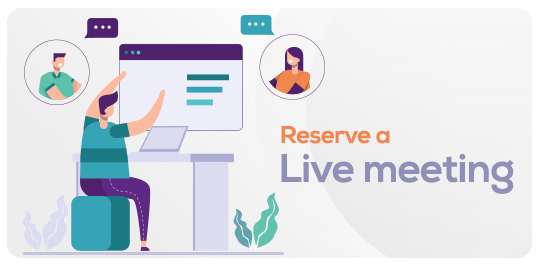About this course
Get ready to master the world of Linux with our comprehensive CompTIA Linux Certification Training. Dive into the intricacies of this powerful operating system through expert-led online courses. Learn essential Linux administration skills, security measures, and troubleshooting techniques from industry professionals. Our 100% virtual training allows you to study at your own pace and convenience. Gain hands-on experience with real-world scenarios and prepare yourself for the globally recognized CompTIA Linux+ certification exam. Whether you’re a beginner or an IT professional looking to advance your career, our training equips you with the knowledge and skills to excel in the Linux environment.
Curriculum
Linux Boot Process
- Introduction to the instructor and the course
- Overview of the Linux boot process in Module 1
- Beginning Phase
- Options for Boot
- GRUB Bootloader is the bootloader phase.
- Phase of the bootloader: GRUB2
- Summary of the Grub File (Demo)
- Summary of the Grub2 File (Demo)
- Overview of Boot and EFI File (Demo)
- Commands for Initrd and Initramfs (Demo)
- Launch Commands (Demo)
- Kernel Fear
Kernel Modules,
- Overview of Module
- Kernel Modules
- Linux Commands
- Commands and File Locations in the Kernel (Demo)
Network configuration
- Overview of Module, Network Configuration
- Configuring the Host Name (Demo)
- Network Connection Files for CentOS
- Network Connection Files for Ubuntu
- Configuring the Network Connection (Demo)
- Files for Name Resolution (Demo)
- Commands for Name Resolution (Demo)
- Monitoring of Network Connections (Demo)
- Tools for managing network connections (Demo)
- An Overview of Network Bridging
- Overview of Network Routing
- Network Bonding
- Adjustment
Storage Management Dividends: Part 1 (Demo)
- Dividends: Part 2 (Demo)
- Blocking gadgets (Demo)
- Types of Filesystems
- Space Commands for Disk (Demo)
- Journey Concepts (Demo)
- Device Mapper, LVM, Device Mapper RAID, and /dev/disk/ File System Development (Demo)
- Mounting the File System (Demo)
- Constant Mounts (Demo)
- Systems for external files
- Tools for External File Systems (Demo)
- Tools for XFS Filesystem (Demo)
- Filesystem Diagnostics
Team Performance
- Agile Team Roles
- Building an Agile Team
- Characteristics
- Dreyfus Skill Acquisition Model
- Team Motivation
- Empowerment Leadership
- Training, Coaching & Mentoring
- Collaborative Team Space
- Communication and Knowledge Sharing
- Team Performance Metrics
Options for Localization
- Character sets and environmental variables
- Locations of Localization Files (Demo)
- Localization Instructions (Demo)
Software Management Package Types
- RPM Control (Demo)
- Package Managers for RPM
- Installation Tools for DPKG (Demo)
- Create Tools
- Utilizing Libraries
- Repositories Overview
- RepositoriesRepositories (Demo)
User and group management
- Group and User Creation (Demo)
- Group and User Modification (Demo)
- User and Group Removal (Demo)
- Locations of Files (Demo)
- Password Administration (Discussion and Demo)
- Commands for Query (Demo)
- Introducing Quotas (Demo)
- Quotas Bash User & Group Profiles
- Worldwide Entries
Management, Processing, and Redirection of Files and Directories
- Text editing and File Creation (Demo)
- Readers of files (Demo)
- Text Processing Redirection Part 1 Redirection Part 2 (Demo)
- File and Directory Operations Part 1 File and Directory Operations Part 2 Transfer Commands Advanced Text Processing Part 1 Advanced Text Processing Part 2 (Demo)
- Location Orders (Demo)
- Link Orders (Demo)
Overview of Systemd and SysVinit Systemd for Service Management
- Command Systemd (Demo)
- evaluate blame using systemd
- Unit Files for Systemd
- Targets for Systemd (Demo)
- Service Management using SysVinit
- chkconfig in SysVinit
- runlevels for SysVinit
FAQ
Comments (0)

.png)
.png)






